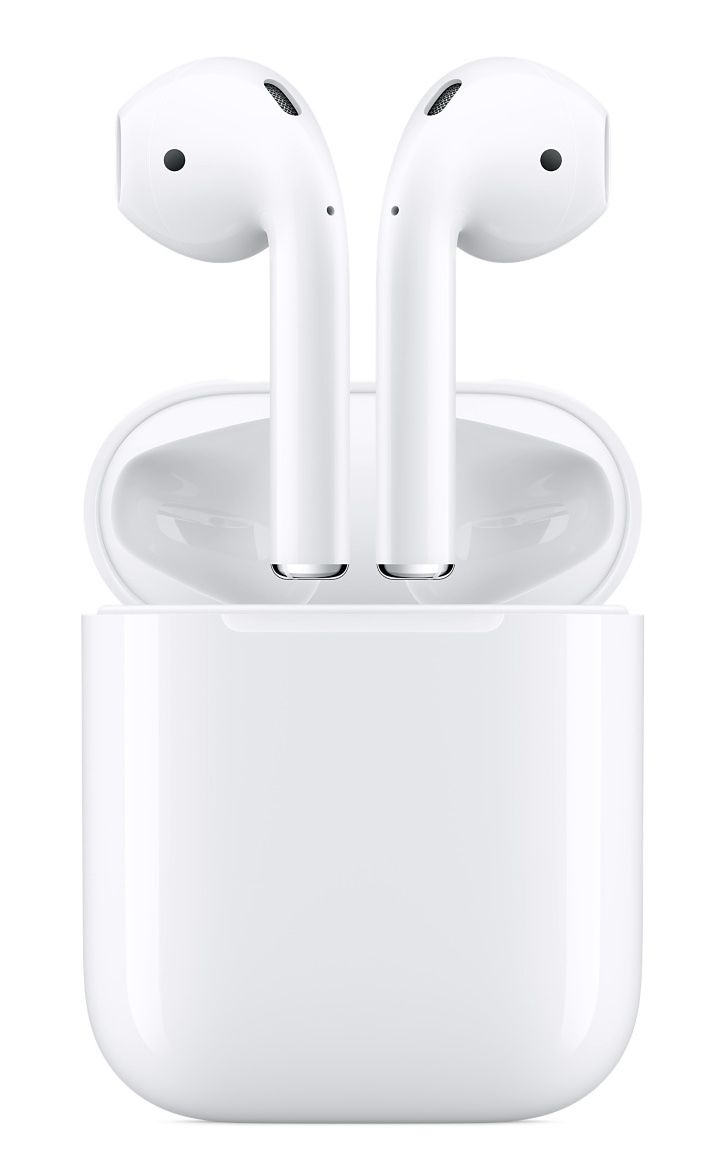I’m certain many of our readers will agree that the media is blowing the perceived negative consumer sentiment about Apple’s removal of the headphone jack way out of proportion. In reality, this move will have very little to no impact. Consumers who buy either of the new iPhone 7’s will naturally use the headphones provided in the box or the supplied adapter.
We polled our panel, using our rapid response technique, to ask iPhone owners about this issue. I’ll start with some key metrics we quantified then we will look at the prospect wireless headphones hold going forward.
Overall, 59% of iPhone owners in our panel said they use the Apple provided headphones as their primary headphones. 41% said they had purchased the headphones they use as their primary ones. Interestingly, after Apple’s provided headphones, the second largest brand owned was Beats followed by Bose to round out the top three brands owned and used as primary by iPhone owners. By quantifying such a large percentage of consumers who are content to use what is provided in the box, it assures us this is a non-story. In fact, I would argue the switch away from “swipe to unlock” to “press to unlock” in iOS 10 will be noticed by more consumers than the removal of the headphone jack.
Looking at where we go from here, a central question many are proposing is if and when the market may adopt wireless as the new normal. Today, wireless headphones make up roughly 30% of sales, according to Piper Jaffrey internal research, with a market size of around 310-320 million units sold globally each year according to GFK. Apple’s AirPods may very well be the future but, as we all well know, the future may be here but it is not evenly distributed (love that William Gibson quote).
If I was to poll the owners of wireless headphones today, as well as the main purchase motivations, I’d put them largely into two buckets — fitness/athletes and travel. Looking at the wireless headphones that sell most today, those are the clear targets of the products. Which makes sense — for an active lifestyle, wireless is more convenient. Similarly, many of the best-selling over-ear headphones have noise cancelling and, design-wise, cater largely to business travelers, one of Bose’s biggest audiences. The mainstream has not yet caught onto the value and, while optimistic, the question is when that may change. We added to our poll some questions around sentiment for wireless. We asked our panel how interested they are to have their next set of headphones be wireless.
We found 32% of consumers outright state they are not interested in wireless. Slightly more encouragingly, 24% said they may become more interested once the price drops. 18% said they were very interested. Those round out the top three responses from our poll.
What Apple is doing is beyond just wireless headphones. In fact, we believe you should think about this product as a form of smart wearable technology. There is quite a bit more that can be done with technology in the ear, think health in particular, than anywhere else on the body. An always on, smart connected computer in your ear opens up many possibilities. Especially when that smart computer is tied into the more powerful computer in your pocket, purse or on your wrist. This is the angle I would keep in mind if you try Apple’s AirPods, or see how people write/review them.
More on this topic in future analyses.

So you contend that this is a non issue, mostly due to consumer apathy. If so, then the future we are being dragged towards (well for 59% anyway) is fully reliant upon what’s in the box. If history is any indicator, the quality of these headphones would not require lightning.
Now 41% is millions upon millions. Too bad they’re not ‘most people’.
What I find interesting (but still likely not to affect much of anything) is how much of the negative response is coming from Apple iPhone users, some notable, such as Kirk McElhearn at Kirkville or Nilay Patel, not just the typical anti-Apple crowd.
41% is a lot of people.
Joe
I agree that it will have minimal affect, but I don’t agree that it won’t have _any_ affect. I am not convinced that they will see any greater bump than any other new release and I doubt this release is enough to shift the declines in growth. It is probably enough to stabilize.
I am actually surprised that the percentage of people buying non-Apple headphones is that high. This will affect them. But I suspect that the headphone makers who know what percentage of their market are iPhone users will accommodate them soon enough.
Your wireless numbers suggest Apple has their work cut out for them to get people to believe wireless is a necessary change and not an unnecessary luxury.
Joe
I do not even understand how I ended up here, but I assumed this publish used to be great